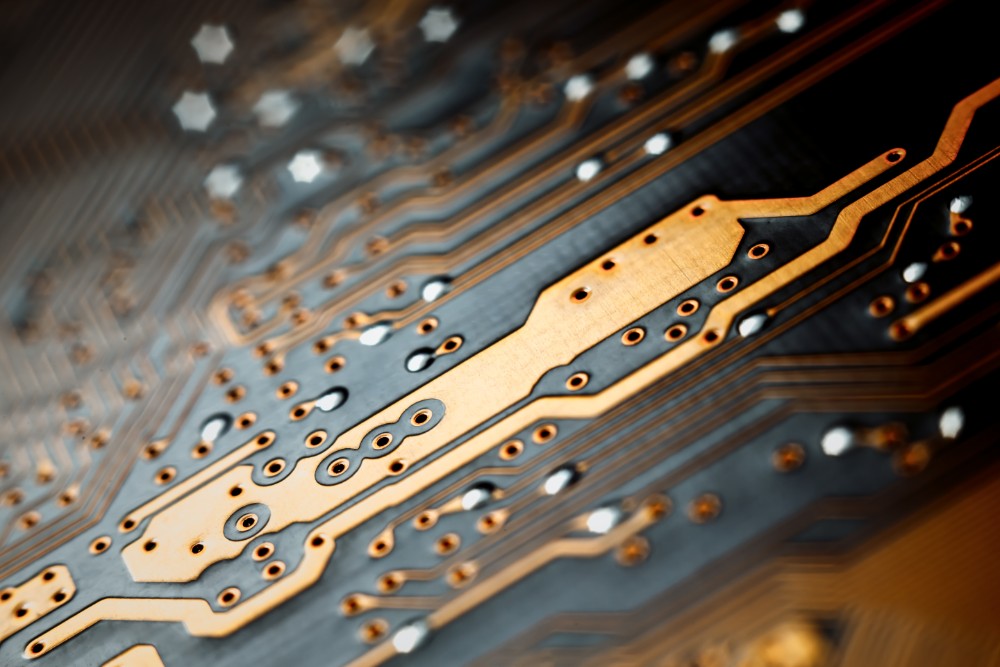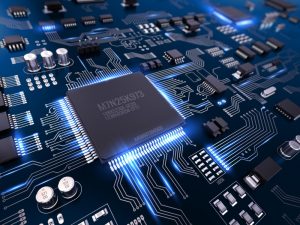Printed circuit boards have been around since the 1940s. With the growing use of electronic devices in our homes and workplaces, PCBs have become practically ubiquitous. As electronics continue to evolve, the PCBs and the industry that manufacturers them is also growing and progressing rapidly.
Traditional PCBs are made of fiberglass and laminate material that has etched pathways that conduct electricity. Manufacturers attach components like transistors, circuits, and resistors to deliver the electrical current functionally.
As electronics are continuously upgrading, these are also made smaller and faster for new products. With all of the advances, the world of PCBs is exciting as the changes are happening rapidly. It can be tough to predict what is coming next, but when you look to the future of electronics and technology, PCBs must be taken into consideration.
Inserting Cameras in Printed Circuit Boards
One of the most exciting changes in PCB manufacturing is using cameras. They aren’t just being added to devices, but they are being installed on the circuit boards themselves. PCB cameras are full-on cameras with a lens, aperture, and other components that allow the camera to take pictures and videos. The cameras are installed on PCBs in several industries and are more commonly found on medical devices, surveillance, and consumer electronics.
Before being installed on PCBs, cameras in electronic devices needed their own PCBs. It is rather commonplace to see at least two PCBs in a digital camera or a phone. With the camera installed on the PCB, manufacturers do not need to install as many boards in devices that have cameras.
The Demand for High Power and High-Speed PCBs
As more people want speedy devices with plenty of power, PCBs with 48 volts or more are in demand. With most boards running between 24 and 48 volts, these powerful boards are associated with solar power. If they do not have solar applications, the PCBs need large battery packs to handle the added power. These battery packs take care of issues that could arise with interference. Powerful, high-speed PCBs keep devices working at a speed that satisfies consumer needs.
The newest PCBs with the most power are used in electric vehicles. With all of the computers and sensors in an electric car, it is easy to see why PCBs need to have more power. Electric vehicles require PCBs that have voltages in the hundreds.

Printed Circuit Boards That Offers Internet Of Things
The Internet of Things (IoT) is a part of the world today. It involves a speedy, wireless communication between various devices and elements. When someone has their home or office connected with several devices for smart monitoring or control, they are using the Internet of Things. The small devices need to have equally small PCBs packed with components that keep everything working and communicating smoothly. The Internet of Things is fully compact devices, and the requirements for the boards continue to grow.
The Popularity of Flexible Printed Circuit Boards
As engineers continue to make PCBs smaller and more powerful, they are also making them flexible. These small, flexible boards have more capability than large boards from just a few years ago. They are lightweight, so they can fit inside of mobile phones and other handheld devices. They also are extremely reliable.
The flexible boards of today can be made out of several different types of materials, where the rigid ones can only be made out of a few options. According to the latest research and predictions, flexible PCBs are projected to grow to $15.2 billion by 2020 and $27 billion by 2022.
When it comes to flexible PCBs, there are two different types that manufacturers can use: flex and rigid-flex. The flex PCBs are used in medical devices like implants, as well as in small sensors and mobile consumer devices. The rigid-flex PCBs are used in other types of devices that benefit from having both rigid and flexible features.
Eco-friendly Materials for PCB Boards
As manufacturers look to eco-friendly materials for all types of products, it shouldn’t come as much of a surprise that PCBs are being made out of them, too. Electronics waste produces millions of pounds per year, so manufacturers are looking at biodegradable PCBs made out of biocomposites. Instead of being considered electrical waste that goes into landfills for generations to come, the waste is considered agricultural because it is free of harmful chemicals.
3D Printed Circuit Boards 
Another trend that looks to have staying power is using 3D printers for manufacturing PCBs. They are revolutionizing the way that electrical systems are designed. Printing the boards on a 3D printer benefits the client and the manufacturer because the boards can be made into unique shapes and sizes. They can also have all of the electronic and optic functions without using any mechanical advantages.
Meeting Production Demands
In the new economy with employees working from home, PCBs have become even more in demand. Manufacturers have had to tighten up their production to meet demands. They require that components come off the shelf, and that supply chains stay in control. All of these demands need to be met along with producing high-quality boards that power tech-savvy devices.
Manufacturers have to be creative in the way they source their components and materials to make PCBs. Supply chains are running slowly as the pandemic wreaks havoc on businesses of all sizes.
PCBs have come far from the original ones designed and patented by Paul Eisler in 1943. With the changing world and technologies, PCB manufacturers need to adapt to the world’s demands and innovate ways to stay afloat in the industry. The latest technology includes eco-friendly designs printed on 3D printers with built-in cameras. Only time will tell what happens next.
